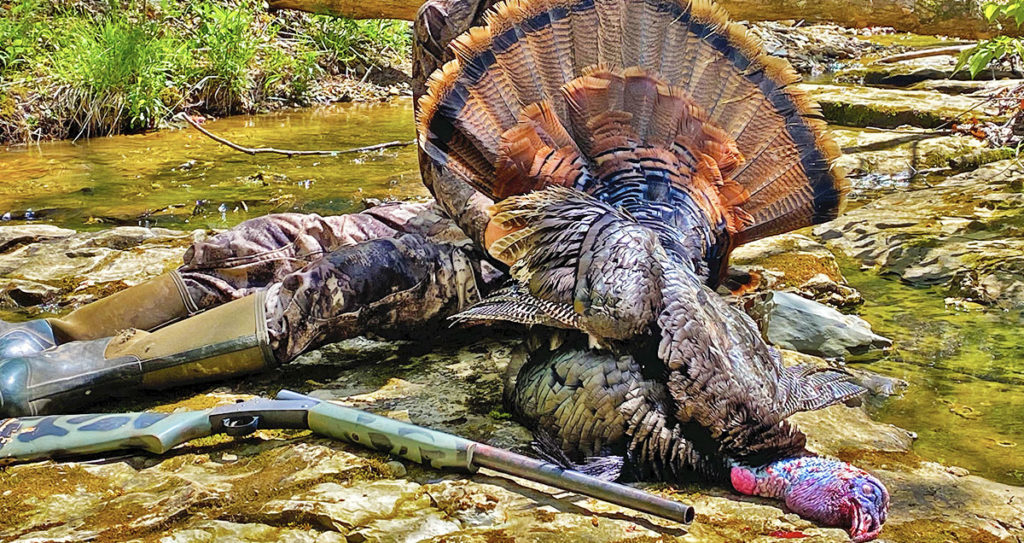Bullhead catfish are a common species of freshwater fish found throughout Georgia’s streams, rivers, and lakes. Often caught incidentally by those targeting channel catfish, bullheads are a hardy and tasty fish that can be a blast to catch on light tackle.
In this guide, we’ll explore tips and techniques for catching bullhead catfish, focusing on timing, bait, tackle, and location. Whether you’re a seasoned catfish angler or just looking to try something new, we hope this guide helps you discover the joy of bullhead catfish fishing.
About Bullheads
Bullhead catfish, belonging to the Ameiurus genus, are native to North America and are commonly found in a variety of Georgia’s waterways, from ponds and lakes to rivers and streams. They are known for their ability to adapt to a variety of environmental conditions, making them resilient and widespread.
Unlike other common catfish species found in Georgia, bullheads typically do not grow as large, with most individuals reaching a maximum size of 1-2 pounds.
Georgia Species
Georgia is home to three species of bullhead catfish: the black, brown, and yellow bullhead. Brown and yellow bullheads can be caught across the Peach State, while black bullheads are only found in the northwest corner of the state.
Let’s take a quick look at some characteristics of each.
1. Black Bullhead (Ameiurus melas)

- Appearance: Black bullhead catfish have a dark, olive-green to black body color, with a lighter-colored belly, typically ranging from white to yellow. They have a rounded, slightly forked tail and a broad, flat head with whisker-like barbels around their mouth. The chin barbels are typically black or very dark in color.
- Preferred Habitat: Black bullheads can tolerate a wide range of environmental conditions, including low oxygen levels and poor water quality. They are commonly found in slow-moving rivers, streams, ponds, and lakes with muddy or sandy bottoms.
- Behavior: These catfish are nocturnal and feed primarily at night, using their barbels to detect prey such as insects, small fish, crustaceans, and plant material. They are known for their hardy nature and ability to survive in less-than-ideal conditions.
2. Brown Bullhead (Ameiurus nebulosus)
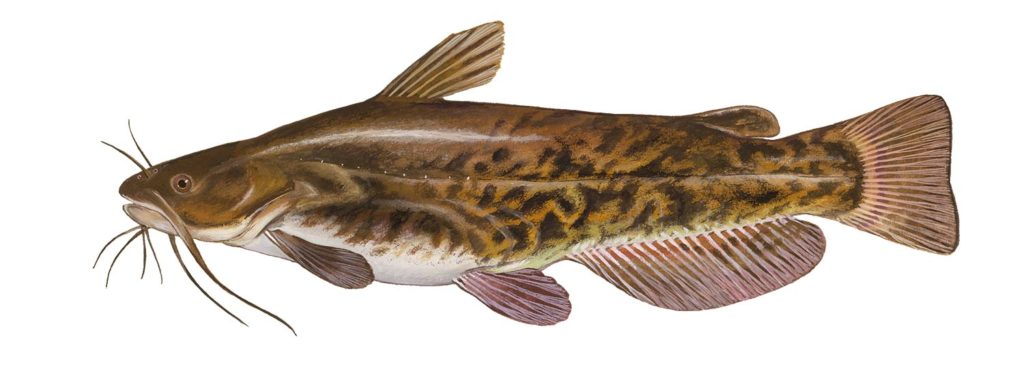
- Appearance: Brown bullhead catfish have a mottled, brownish body color, with a light-colored belly, usually cream or yellowish. Like the black bullhead, they have a rounded, slightly forked tail and a broad, flat head with whisker-like barbels. The chin barbels of brown bullheads are typically white or light-colored.
- Preferred Habitat: Brown bullheads prefer slow-moving or still waters, such as ponds, lakes, reservoirs, and slow-moving rivers and streams. They are often found in areas with muddy or sandy bottoms and submerged vegetation.
- Behavior: Brown bullheads are also nocturnal feeders, using their sensitive barbels to locate prey in the dark. Their diet consists of insects, small fish, crustaceans, and various types of plant material.
3. Yellow Bullhead (Ameiurus natalis)
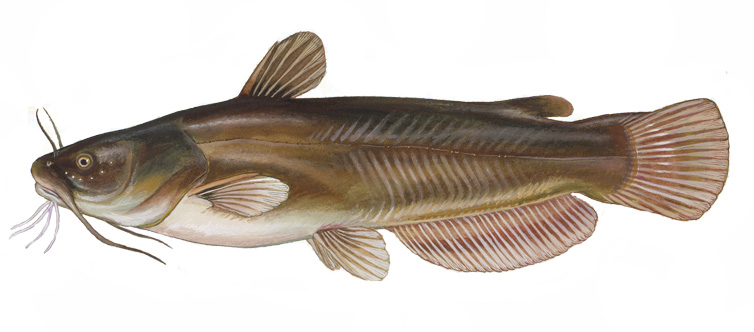
- Appearance: Yellow bullhead catfish have an olive to yellowish-brown body color, with a lighter-colored belly, typically white or pale yellow. They have a rounded tail and a broad, flat head with whisker-like barbels. The chin barbels of yellow bullheads are white or light-colored, similar to those of brown bullheads.
- Preferred Habitat: Yellow bullheads can be found in a variety of water bodies, including ponds, lakes, reservoirs, and slow-moving rivers and streams. They prefer areas with muddy or sandy bottoms, often in the presence of submerged vegetation or other cover.
- Behavior: Like other bullhead species, yellow bullheads are nocturnal feeders and rely on their barbels to locate prey. Their diet is similar to that of other bullheads and consists of insects, small fish, crustaceans, and plant material. Yellow bullheads are also known for their hardiness and adaptability to various environmental conditions.
Fishing Tips
Now that you’re familiar with the three species of bullhead catfish found in Georgia, here are some tips and techniques to help you catch these bottom-dwelling fish:
Timing
Bullhead catfish are more active during the evening and nighttime hours, making these the ideal times to target them. As nocturnal feeders, they are more likely to be found searching for food under the cover of darkness. This is when they are most vulnerable and receptive to anglers.
Additionally, bullheads are more likely to be found in shallower water during the night, making them more accessible to anglers fishing from the shore or in shallow water.
Bait
Bullhead catfish are not picky eaters and will readily take a variety of baits. Some of the most effective baits for bullheads include nightcrawlers, chicken liver, cut bait (such as shad, herring, or sunfish), and even canned corn.
When choosing bait, keep in mind that bullheads have an excellent sense of smell, so using baits with a strong scent can be especially effective. It’s also a good idea to experiment with different types of bait to see which ones work best in your specific fishing location.
Tackle
When targeting bullhead catfish, it’s essential to choose the appropriate tackle. Since these fish are smaller than other catfish species, lighter tackle is often the best choice. A medium-light or medium action rod paired with a spinning or spincast reel is an excellent choice for bullhead fishing.
Using monofilament line with a test strength of 6 to 12 pounds is typically sufficient for bullheads. For hooks, a size 4 to 6 circle or baitholder hook is recommended. If you’re fishing in an area with a lot of snags or vegetation, using a slip sinker rig can help prevent your bait from getting caught on underwater obstacles.
Rigs
There are several catfish rigs that work well for bullhead fishing, including the slip-sinker rig, the float rig, and the three-way rig.
- The slip-sinker rig is ideal for fishing on the bottom and allows the bullhead to pick up the bait without feeling the weight of the sinker.
- The float rig can be used to suspend the bait above the bottom, helping to avoid snags and keep the bait in the strike zone.
- The three-way rig can be used to present the bait near the bottom while maintaining control over the depth and allowing for easy adjustments.
Location
Bullhead catfish can be found in a variety of freshwater habitats, including rivers, streams, ponds, and lakes. They are often found in areas with slow-moving or stagnant water, as they prefer calm environments.
When searching for bullheads, look for locations with plenty of cover, such as fallen trees, submerged vegetation, or rocky areas. Bullheads also tend to prefer muddy or sandy bottoms, so focus on areas with these types of substrates. In lakes or ponds, bullheads may be found in shallow water near the shore or in areas with overhanging vegetation.
By keeping these tips in mind—focusing on the ideal timing, choosing the right bait, selecting appropriate tackle, and finding suitable locations—you can increase your chances of successfully catching bullhead catfish. With some practice and patience, you’ll soon become an expert at targeting these unique and hard-fighting fish.
Cooking and Consumption
Bullhead catfish are known for their delicious taste and firm, white flesh. They can be prepared in various ways, including frying, baking, grilling, or smoking. Before cooking, it’s essential to clean the fish properly by removing the skin, head, and entrails, and trimming away any dark-colored flesh, which can have a strong, undesirable flavor.
When fishing for bullhead catfish in Georgia, always be aware of any local regulations, size limits, or consumption advisories due to potential contaminants.
Final Thoughts
Bullhead catfish offer a fun and rewarding fishing experience for anglers of all skill levels in Georgia. By understanding the differences between the three species and employing the tips and techniques provided in this guide, you’ll be well on your way to catching these hard-fighting, tasty fish. So grab your gear, hit the water, and enjoy the challenge of targeting bullhead catfish in the beautiful waterways of Georgia.

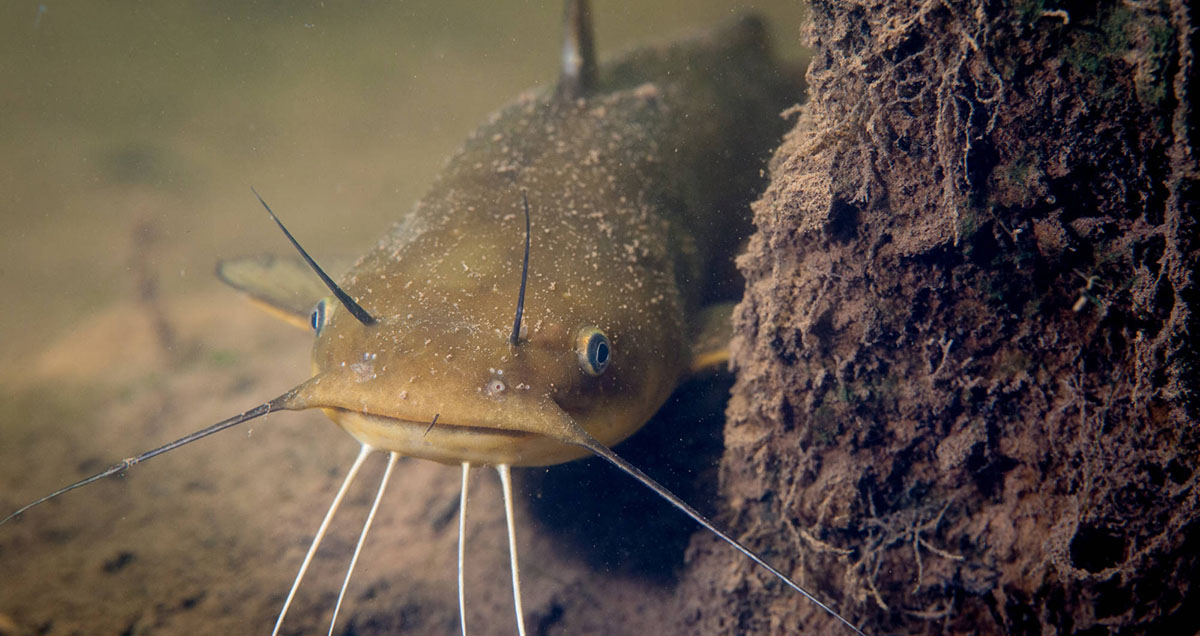
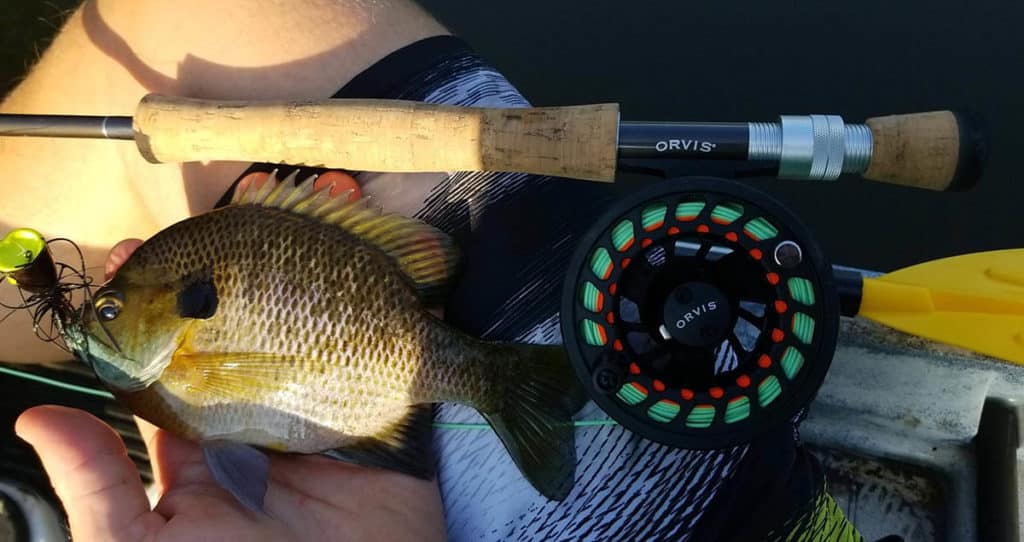
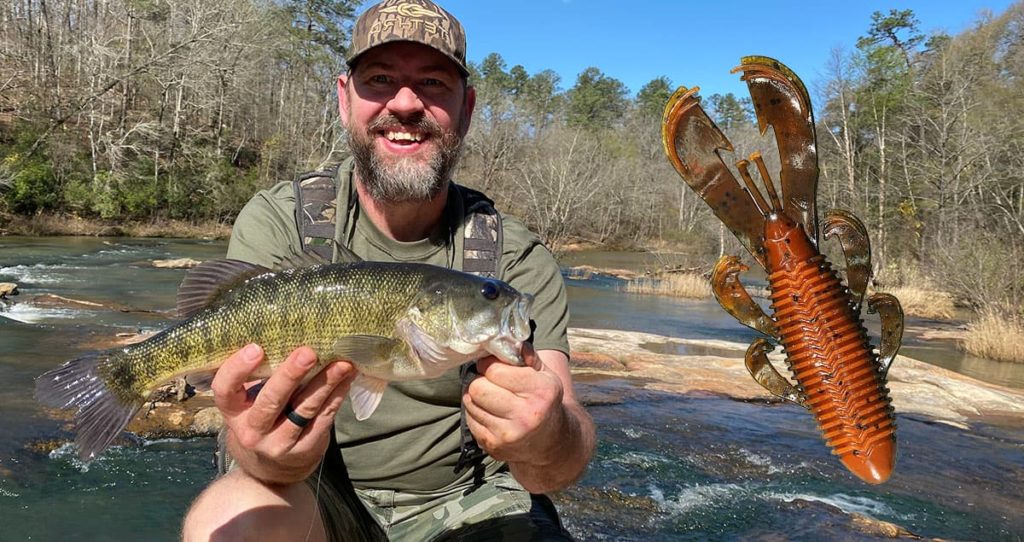
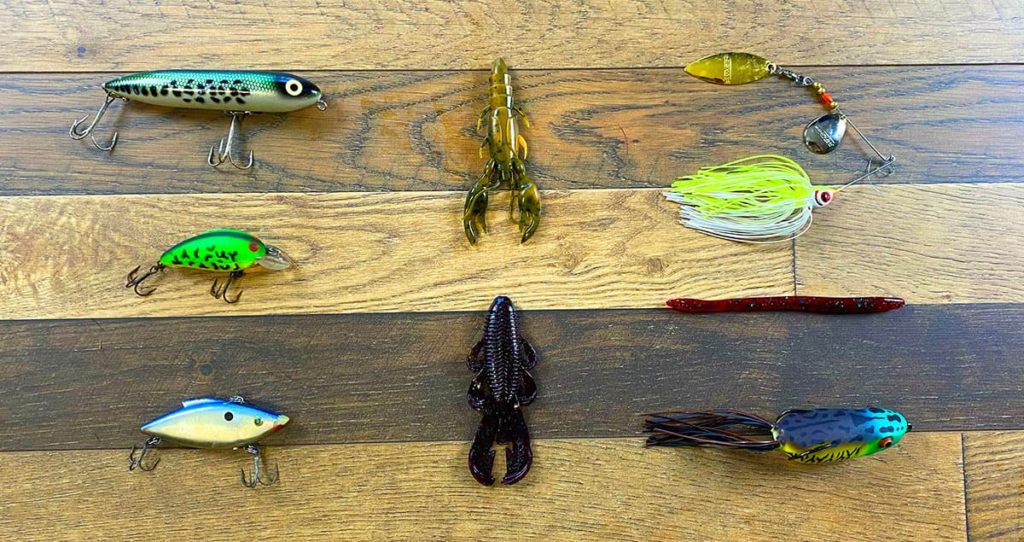

![Georgia Squirrel Season Dates and Info [2023-2024]](https://getoutdoorssouth.com/wp-content/uploads/2023/06/Georgia-squirrel-1024x538.jpeg)
